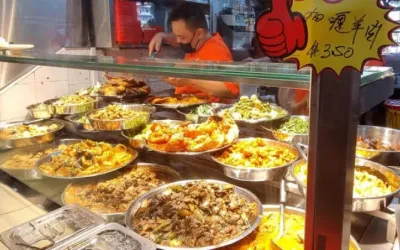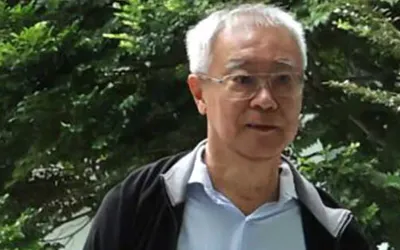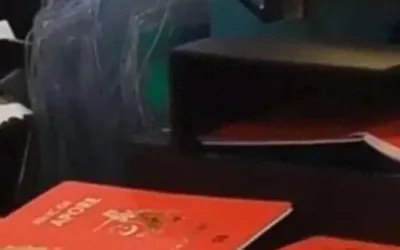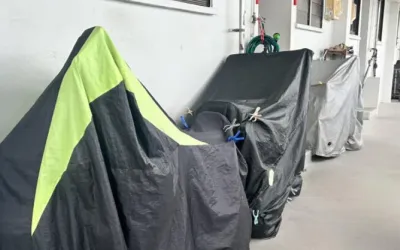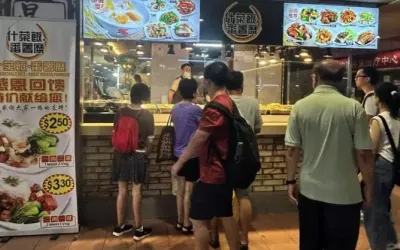2024年5月8日,新加坡永續發展與環境部高級政務部長許寶琨醫生在國會答覆東海岸集選區議員陳慧玲小姐關於協助本地農業公司支持新加坡「30.30」糧食生產目標的相關問題。
以下內容為新加坡眼根據國會英文資料翻譯整理:
議長先生:有請陳慧玲小姐。
陳慧玲小姐(東海岸集選區議員):謝謝議長先生。我有一個補充問題要問高級政務部長。我理解高級政務部長提到的挑戰和阻力,但現實不僅僅是能力建設和提供補貼。確實沒有多少企業能夠取得成功,或者有能力達到支持「30·30 「目標實現所需要的規模。
因此,我向高級政務部長提出的問題是,是否會考慮採取不同的試驗平台或模式,除了幫助企業創造需求外,還能證實一兩家企業能夠真正擴大規模?因為這些企業中並沒有多少人知道如何端到端地完成這項工作。如果我們想成功實現我們的目標,我認為永續發展與環境部需要重新考慮使用不同的模式。
許寶琨醫生:議長先生,我感謝陳慧玲女士的提問。事實上,我們不會採取一刀切的方法,因為不同的模式可能適用於不同類型的合作夥伴關係。甚至食物生態系統也不是統一的。有的更多與我們菜市場的小攤販合作,有的更多與餐館合作,有的與餐飲業者合作,有的還與食品加工公司合作。因此,這種關係和夥伴關係可能是不同。
但我同意陳慧玲小姐的觀點,即有時小型農場參與者可能不具備所有技能和能力,無法擴大規模並將整合產業鏈,這就是為什麼實際上有些農場主能夠擴大規模,而不是通過獲得自己的能力,因為這可能需要太長時間。那些想擴大規模的人有時會與合作夥伴合作,這些合作夥伴可以帶來一個由現成的零售商和現成的買家組成的生態系統,這樣,通過與合作夥伴合作,他們就可以獲得資金和投資。然後,他們就能更快地擴大規模,並能找到承購商,因為合作夥伴很可能是零售領域或食品製造領域的某個人。
舉個例子,國華科藝農場(Kok Fah Technology Farm)建造並推出了綠豐(Green Harvest)溫室農場,這是我們最大的溫室農場之一,它使用移動溝渠系統,結合水培系統,使蔬菜種植更加高效。但隨著他們從傳統的陸地農場擴展到使用更多結構元素(如移動溝渠系統)的更大溫室設施時,他們並沒有獨立完成這一點。他們與合作夥伴聯宇建築工程(TeamBuild Construction)合作,這是一家傳統的建築公司,能夠更有效地建造他們所需的基礎設施,並在設計階段幫助他們將其中一些元素融入到農場的運營方式中。通過與這樣一個合作夥伴合作,在某種程度上可以共同投資於這一新的運營方式,從而將他們將各自的優勢結合在一起:一個是擁有農業專業知識和市場需求知識的合作夥伴;另一個是有能力建造一個更大的結構,並使其高效和擴大規模的合作夥伴。通過強強聯合,他們成功地推出了綠豐( Green Harvest)。我祝願他們一切順利。我希望,在其他方面,無論是水產養殖還是農業,這種夥伴關係都能成為一種途徑,讓我們的農民能夠超越自身目前的局限,找到規模化發展的新機遇。

以下是英文質詢內容:
ASSISTANCE FOR LOCAL AGRICULTURAL FIRMS TO SUPPORT SINGAPORE』S 「30 BY 30」 LOCAL FOOD PRODUCTION GOAL(2)
Mr Speaker: Miss Cheryl Chan.
Miss Cheryl Chan Wei Ling (East Coast): Thank you, Mr Speaker. I have one supplementary question for the Senior Minister of State. I recognise the challenges and headwinds that the Senior Minister of State has mentioned, but the reality is beyond just capability building and the grants that are given. There are really not many businesses that have been successful, or able to do it at this large scale of is required to support the 「30 by 30」 goals.
So, my question to the Senior Minister of State is, will the Ministry consider doing a different test bed or model, where you can substantiate one or two businesses that can really scale, beyond just helping them create a demand. Because not many of these businesses have an idea how exactly to do this end-to-end. And if we want to succeed in our goal, I think the Ministry needs to reconsider using a different model.
Dr Koh Poh Koon: Sir, I thank Miss Chan for her question. Indeed, we do not take a one-size-fits-all approach to this because different models may work for different types of partnerships. Even the food ecosystem is not a uniform one. There are those that work more with the small-scale stallholders in our wet markets, there are those that work more with restaurants, some with food and beverage players, and some are also with food processing companies. Therefore, the kind of relationships and partnerships can be different.
But I take Miss Chan’s point that, sometimes, the small farm player may not have all the skillsets and the ability to scale and to stitch together the entire value chain, which is why actually some of the farmers managed to scale, not by acquiring their own abilities, which may take too long. Those who want to scale sometimes work with partners that can bring in an ecosystem of ready retailers and ready buyers, so that by working with the partners, they get funding and investments. They can then scale up much quicker and be able to find an off-taker because the partner could well be somebody in the retail space, for example, or in the food manufacturing space.
Just as an example, Kok Fah Technology Farm built and launched Green Harvest, one of our largest greenhouses, which uses a mobile gully system that incorporates hydroponic systems to make the farming of vegetables much more efficient. But as they scale up from a traditional land-based farm into a larger greenhouse facility using more structural elements like the mobile-gully system, they did not do this on their own. They worked with a partner, TeamBuild Construction, which is a traditional construction company that was able to build the infrastructure that they needed more efficiently and helped them in the design phase of incorporating some of these elements into how their farm should operate. And by working with a partner like this, that, to some extent, could co-invest in this new operation, they then combined their strength together: one, with farming expertise and knowledge of the demands of the market; another one with the capability to build a larger structure and make it efficient and scale up. By combining their strength together, they managed to launch Green Harvest. I wish them well. I hope that such partnerships, in other aspects, whether it is in aquaculture or agriculture, can be a way that our farmers can surpass their own current limitations and find new opportunities to grow in scale.
CF丨編輯
HQ丨編審
新加坡國會丨來源
新加坡國會丨圖源






